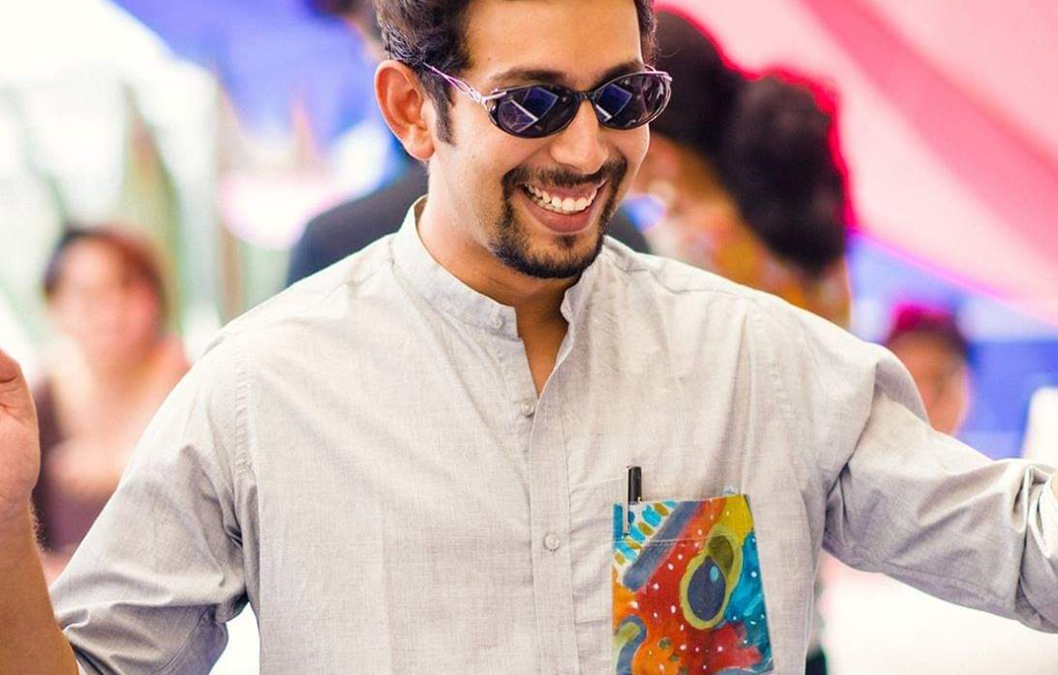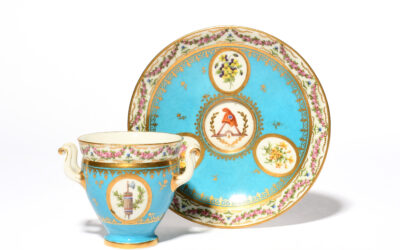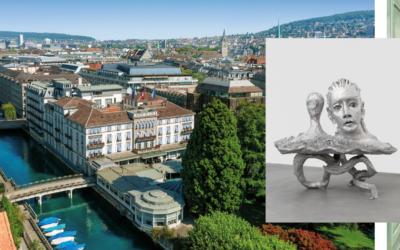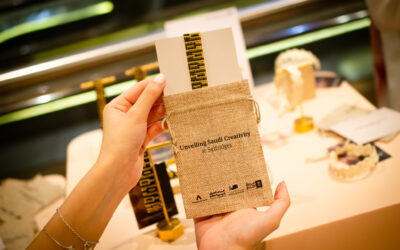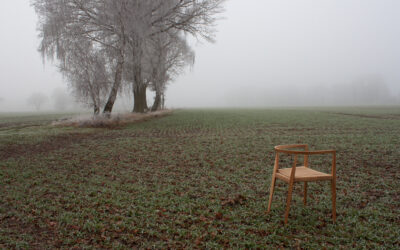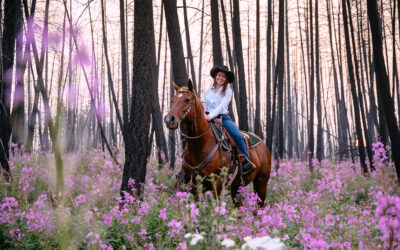Artist Jai Ranjit
Jai Ranjit is a self-taught artist, print-maker, photographer, and educator with a career spanning 13 years, over 25 exhibitions, and live performances across India. He is currently the Associate Director of Student Experience as well as a teaching faculty at ISDI School of Design & Innovation in Mumbai.
What’s your artistic background?
I’m a self-taught artist, printmaker, and photographer who has also worked across industries in experience design, events, photography, and performance.
What’s integral to the work of an artist?
Freedom and choices, as contradictory as it may seem. Allowing yourself the freedom to create outside of external expectations, while making smart choices to ensure that the artwork and journey are both successful.
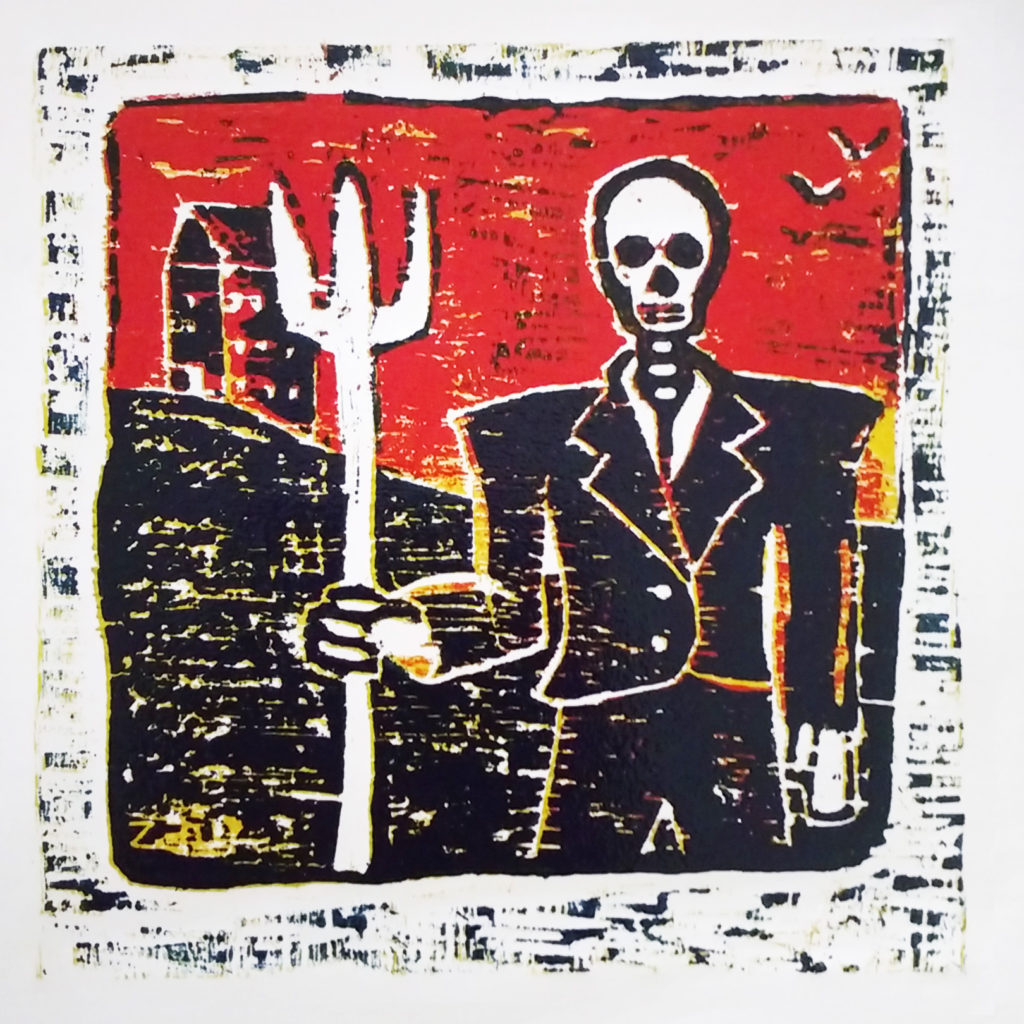
What role does an artist have in society?
An artist is society’s keeper of honesty. The artist reflects on human behavior, choices and outcomes and represents these things through the art they create, providing a mirror for society to understand what it does.
What art do you most identify with?
I most identify with abstract art as well as printmaking. I love the aspects of freedom and choice they present and the amount of control that’s needed for both.
What themes do you pursue?
I tend to work across themes and mediums, but as of late I have been focusing on the theme of “isolation” as a much larger project from a philosophical sense.
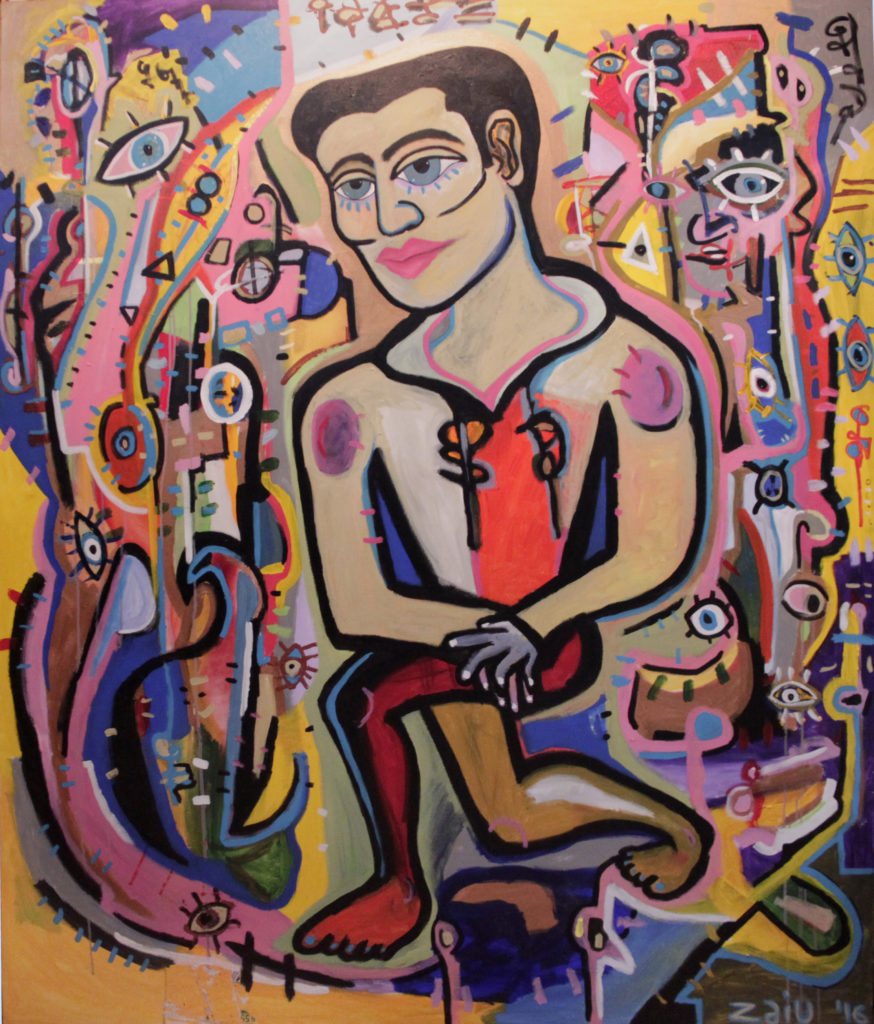
What’s your favourite art work?
My favourite artworks list is long, but the one that truly sticks out for me is a painting by Wassily Kandinsky entitled “Im grau” or “In Gray”. It’s a stunning abstract work that stands out for its composition and the effect it has on the viewer.
Describe a real-life situation that inspired you?
Sunsets and seashores have always been special to me, but a moment of revelation came once at the rocks of Bandra Fort several years ago. I found myself present in the moment in such a way that I was simultaneously amongst a crowd and yet completely alone, but perfectly content in the moment.
What jobs have you done other than being an artist?
My career has been quite a journey, with jobs ranging from teaching in various roles, to being Programmer and Scheduler on the Kala Ghoda Arts Festival, as well as a wedding photographer with The Cheesecake Project and a Social Media Content Writer with Quaver Communications.
Why art?
Art came into my life from an early age, but found me only in my late teens, as I was preparing to enter university for my bachelor’s degree. It made sense; it completed my way of seeing the world and brought order to my mind.
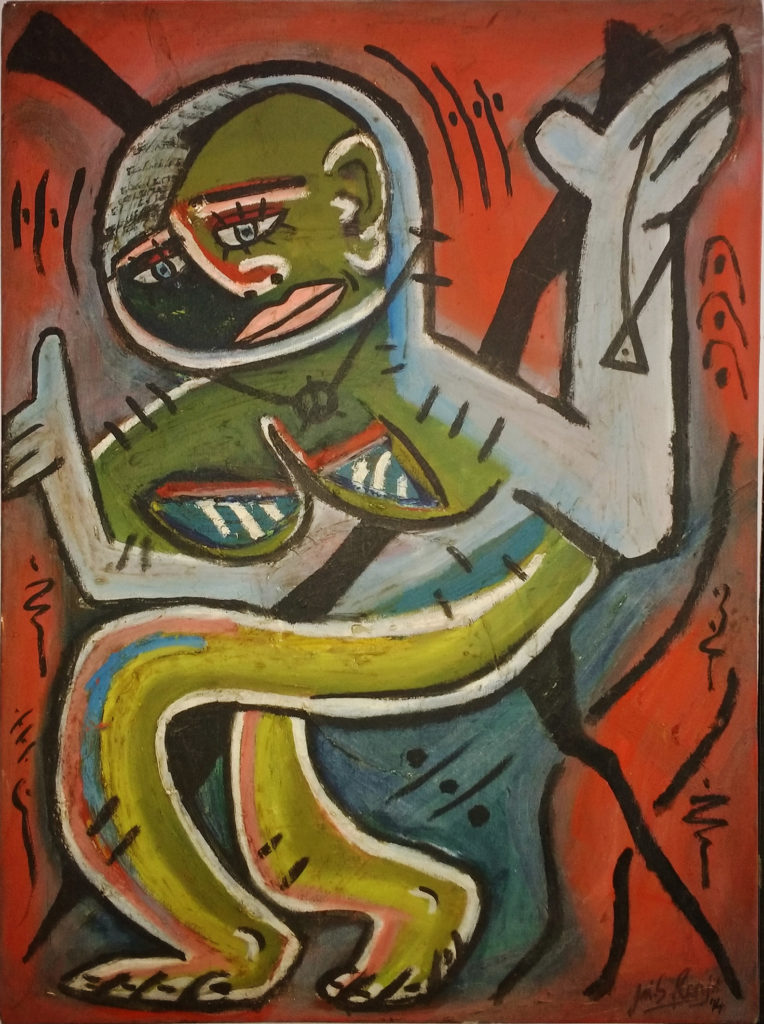
What is an artistic outlook on life?
I believe everything holds a purpose within a grand design of chaos, and within that chaos resides the potential to change everything with the smallest effort. Bringing a smile to someone’s face is just as important as drawing a tear. All of us hold this power inside of us and it’s wonderful to consider all the possibilities of life just within that notion.
What memorable responses have you had to your work?
When an artist creates a work of art, he or she can only hope the viewer finds an experience within, being able to respond to it. One of the most memorable responses came from a young child looking at the live art I was doing at an event for Spykar Jeans during a garment expo. Her mother scoffed at the abstract painting I was creating on a denim canvas, telling the child “Even you can do better, na?” to which the extremely perceptive child of probably 8 or 10 replied “Yes, mamma, but you can’t even do this.” I’ve always said that children can paint stunning truths, but adults first have to break through all their assumptions and notions before being able to do the same, so to hear a child compliment me that way was fantastic.
What food, drink, song inspires you?
I am a synaesthete, which means I see sound as colour. Pink Floyd’s Echoes, Beethoven’s 9th Symphony and Johann Strauss’s Blue Danube Waltz all really draw the best out, but all music can inspire in different ways. In terms of food and drink, a tequila on ice and a bowl of bhel puri hits the spot, putting me in a great sense of adventure and calm all at once.

Is the artistic life lonely? What do you do to counteract it?
Yes, the artistic life can be lonely. One of the assumptions people make is that we are always surrounded by people and constantly engaging with the world around us. The truth is that many hours are spent alone observing the world silently, quiet debates raging with ourselves in the confines of our minds. One of the ways of countering this isolation is to push the self into exhibitions, performances and simple conversations with people we don’t know.
What do you dislike about the art world?
The art world doesn’t really help itself a lot of the time. Many of us work individually because of a lost sense of community, and this divide is furthered by the way the money conversation is held. I do hope over the course of the current state of isolation that we change our approaches and come together stronger than before when a more normal version of life resumes.
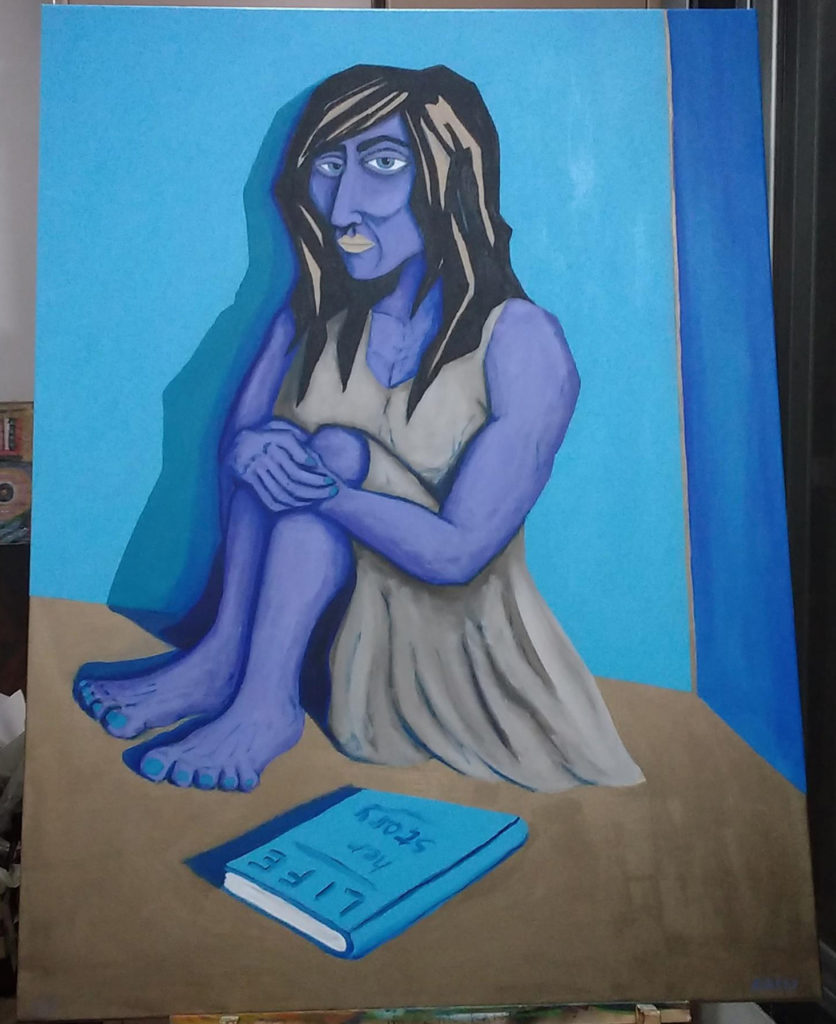
What do you dislike about your work?
I feel I don’t produce enough to be able to grow fast enough or wide enough with my storytelling abilities, meaning that I create good work that could be stronger.
What do you like about your work?
I like that my work is varied, and has never been siloed into a single style or type. My versatility has been my strength.
Should art be funded?
Artists should be funded, with the sale of art being a way of creating a self-sustaining circle of survival for the industry.
What role does art funding have?
Art funding has a major role in transforming society. Through the funding of the arts, stories get told, people’s ideas are seen and more importantly, conversations important to the transformation of society occur without fear and censorship, leading to greater change much faster.
What is your dream project?
A dream project for me would be to open a school of life, where people could come in and learn everything from painting to music and gardening.
Name three artists you’d like to be compared to.
While I’d love to be seen on my own terms, if I must choose three artists as a bar to be held to, I’d probably say Kandinsky, Sabavala and Brinda Miller.
Favourite or most inspirational place?
New York City, a hustle-bustle place of pace and creativity unlike any other, but also Ladakh, a place of complete silence and stark beauty that’s infinitely inspiring.
What’s the best piece of advice you’ve been given?
Fail. Always fail. The best piece of advice I ever got was to fail and fail again. One doesn’t learn much from success – it’s the failures that show you the way ahead without fear.
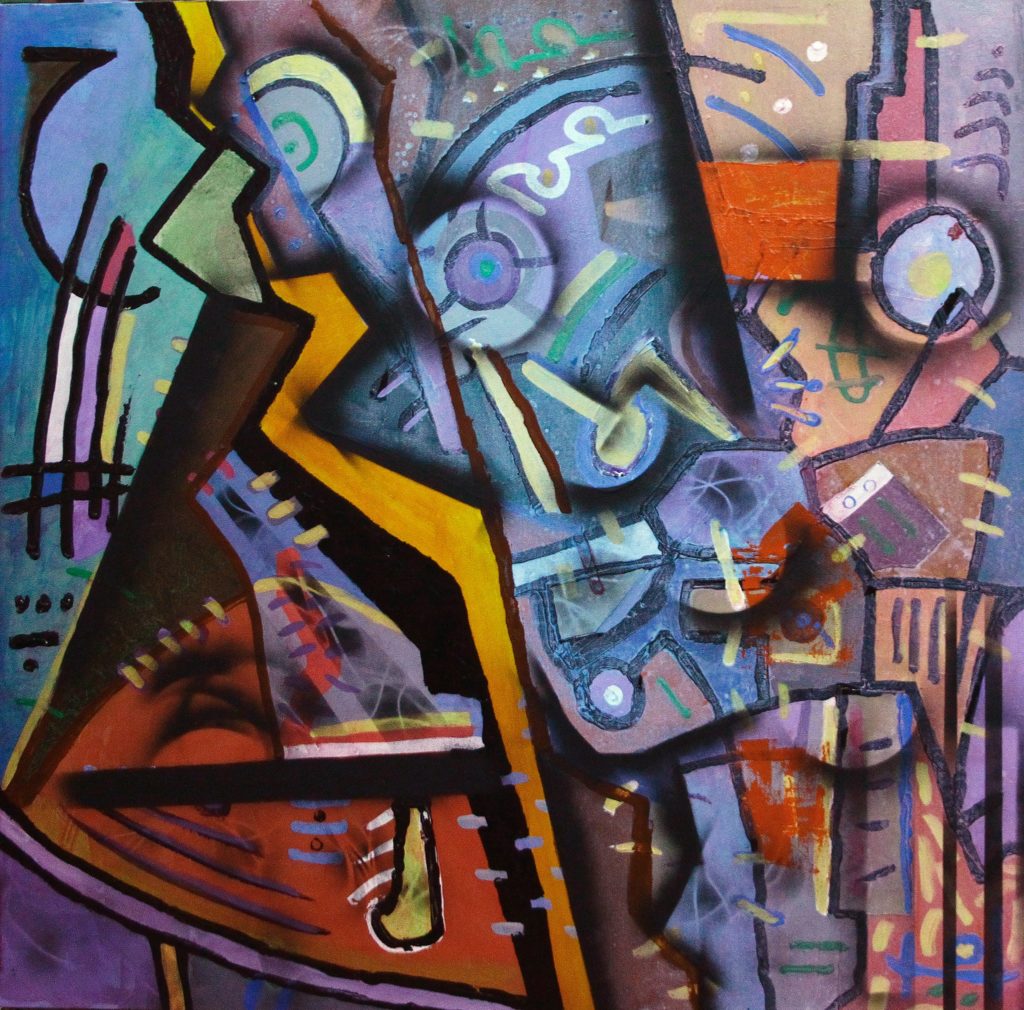
Professionally, what’s your goal?
While I immensely enjoy teaching, I aim to return to art fully soon. I hope to set up a studio soon, and create both paintings and prints in the space, opening it up for other artists as well to use when needed with the hope of building a small, supportive community.
Future plans?
Future plans include taking my Isolation project forward and turning it into an exhibition with an accompanying book that might shed light on the experiences we face across the variety of types of isolation and their effects.


